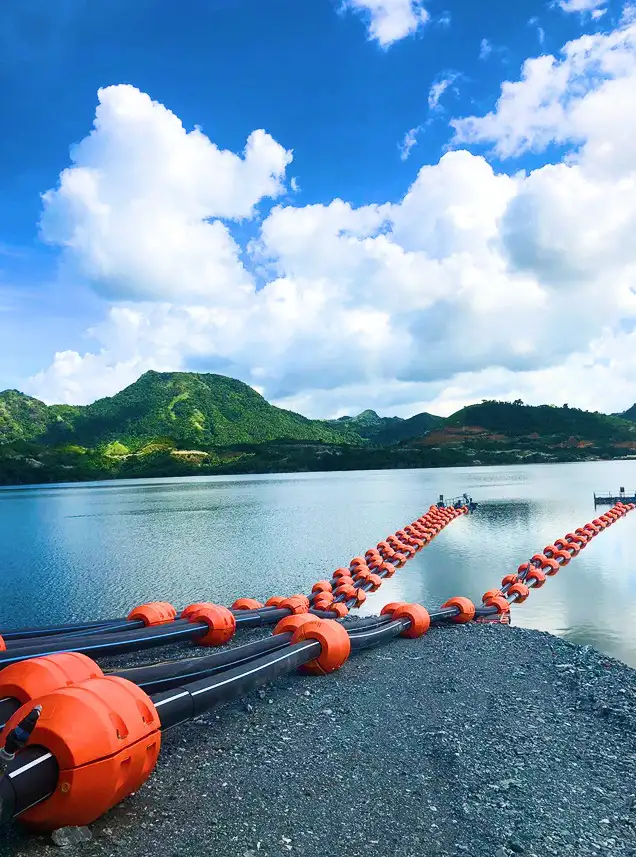
A sand suction rubber hose is a specialized type of industrial hose designed specifically for the demanding task of drawing in abrasive materials like sand, gravel, silt, and other slurries, typically under a vacuum. It is a critical component in applications where materials need to be extracted from a source, such as dredging, sand mining, and certain construction activities.
The fundamental purpose of a sand suction hose is to create a reliable and flexible conduit that can withstand significant negative pressure (vacuum) while efficiently conveying abrasive solids mixed with liquids. Unlike discharge hoses that push materials, suction hoses pull them in.
Vacuum Resistance: This is the most crucial differentiating feature. Sand suction hoses are engineered with robust internal reinforcement to prevent collapse under the high vacuum created by suction pumps. This is typically achieved through:
Steel Wire Helix: A heavy-duty, embedded spiral steel wire helix runs the entire length of the hose, providing rigid support against external atmospheric pressure.
Multiple Plies of Fabric Reinforcement: High-tensile synthetic fabric plies (like tire cord) are laid over and under the wire helix, providing burst strength and additional structural integrity.
Exceptional Abrasion Resistance: The inner tube (liner) is made from highly wear-resistant rubber compounds (e.g., natural rubber, SBR, or specialized blends).
These compounds are formulated to withstand the constant friction, impact, and cutting action of abrasive particles like sand, gravel, and rock. A smooth inner bore also helps to minimize friction and prevent material buildup.
Flexibility: Despite their heavy-duty construction and reinforcement, these hoses maintain a degree of flexibility, which is essential for:
Maneuvering the suction end into different positions.
Connecting to moving equipment.
Absorbing vibrations and minor misalignments in the pumping system.
Durability and Weather Resistance: The outer cover is typically made from a tough, synthetic rubber compound that is resistant to:
Abrasion and cuts
Ozone and UV radiation (sunlight)
Weathering
Saltwater (for marine applications)
General wear and tear in harsh outdoor environments.
Robust End Connections: Suction hoses often feature robust flanged ends, internal expanding ends, or specialized couplings that can be securely attached to pumps or other piping, ensuring a leak-proof connection that can withstand both vacuum and the weight of the conveyed material.
Temperature Range: They are designed to operate within a specific temperature range, typically from approximately -20°C to +80°C (or similar, depending on the specific hose design and material).
Sand suction rubber hoses are vital in several industries:
Dredging: This is a primary application. They are used to suck up sand, mud, silt, and other sediments from riverbeds, lakebeds, and ocean floors to maintain navigable waterways, reclaim land, or extract aggregates.
Sand and Aggregate Mining: Used to draw sand, gravel, and other aggregates from pits or underwater deposits for processing.
Construction: In some specialized construction applications where wet or dry abrasive materials need to be extracted or conveyed.
Slurry Transfer: Any industrial process that involves the suction transfer of highly abrasive slurries.
Ship-to-Shore Transfer: In certain port operations, they may be used for offloading dredged material or other bulk solids.
In essence, a sand suction rubber hose is a meticulously engineered product, balancing the need for extreme wear resistance against the challenges of vacuum collapse, making it an indispensable tool for extracting and transferring abrasive materials efficiently and safely.
